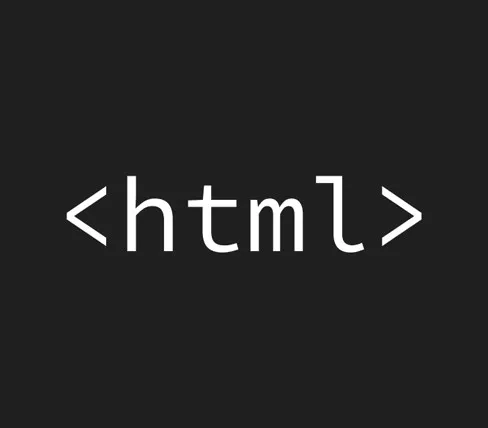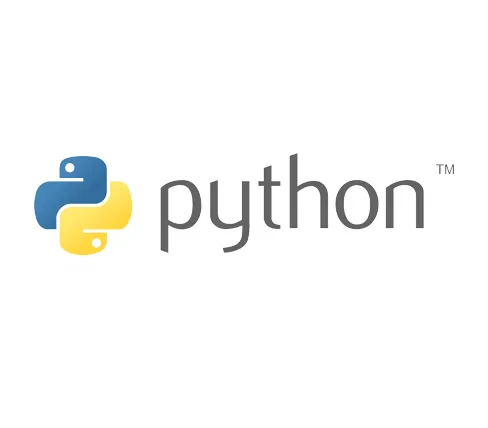At KUWAITNET, we offer cutting-edge Software Engineering as a Service, empowering businesses to thrive in the dynamic and ever-changing world of technology. Our focus is on building future-proof products, platforms, and solutions that elevate your business to new heights of innovation and competitiveness. We are committed to excellence in software engineering, enabling your business to thrive in the ever-changing technological landscape. Let us be your trusted partner in driving innovation and long-term success. Contact us today to discuss your software engineering needs.

Development
Software engineering encompasses a number of development platforms that IT experts typically follow to create high-quality software. While different methodologies and approaches exist, here are the common development platforms that KUWAITNET utilizes.
User Experience & User Interface Design
At KUWAITNET, we craft a seamless User Experience (UX) with intuitive User Interface (UI) In the digital realm, creating an exceptional user experience (UX) goes hand in hand with designing an intuitive user interface (UI). Our commitment to user-centric design ensures that every interaction on our website is purposeful and delightful.
 User Experience (UX)
User Experience (UX)
At the core of our design philosophy is a deep understanding of user needs and behaviors. We meticulously map out user journeys to anticipate and address their expectations at every touchpoint. Through empathetic design, we strive to create an experience that is not just user-friendly but truly user-centric.
 User Itnerface (UI)
User Itnerface (UI)
A visually appealing and cohesive user interface is the visual manifestation of our commitment to a superb user experience. Our UI design principles prioritize clarity, consistency, and a touch of innovation.

Enterprise Integrations
Enterprise integration refers to the process of connecting and consolidating various systems, applications, and data within an organization to enable seamless communication and data exchange. It involves integrating different software systems, databases, processes, and technologies to facilitate efficient and effective information flow across an enterprise. The goal of enterprise integration is to enable disparate systems and applications to work together as a unified and cohesive whole. By integrating these systems, organizations can streamline their operations, improve data accuracy and consistency, enhance decision-making capabilities, and optimize business processes.

Emerging Technologies
These are just a few examples of emerging technologies that have the potential to transform various industries.
Internet of Things (IoT) refers to the network of physical devices, vehicles, appliances, and other objects embedded with sensors, software, and connectivity that enables them to collect and exchange data over the internet. These devices can communicate with each other and with humans, allowing for remote monitoring, control, and automation of various processes. IoT has applications in industries such as healthcare, transportation, agriculture, smart homes, and industrial automation.
These AI-driven virtual assistants simulate human conversation to facilitate interactions with users, providing instant responses, customer support, and personalized assistance across various platforms and industries.
Wearable technology integrates sensors and connectivity into everyday objects such as smartwatches and fitness trackers, enabling users to monitor health metrics, track fitness activities, and receive notifications seamlessly, enhancing convenience and promoting healthier lifestyles.
Augmented Reality (AR) and Virtual Reality (VR) technologies create immersive digital experiences by overlaying virtual elements onto the real world or transporting users to entirely virtual environments, revolutionizing fields like gaming, education, training, and marketing with interactive and engaging content.
Unmanned aerial vehicles equipped with cameras, sensors, and GPS capabilities, drones are utilized for tasks such as aerial photography, surveillance, mapping, and delivery, offering efficient and cost-effective solutions across industries like agriculture, construction, and disaster response.
Blockchain technology facilitates decentralized and secure transactions by creating a digital ledger of transactions distributed across a network of computers, ensuring transparency, immutability, and trust in fields like finance, supply chain management, healthcare, and digital identity verification.


















